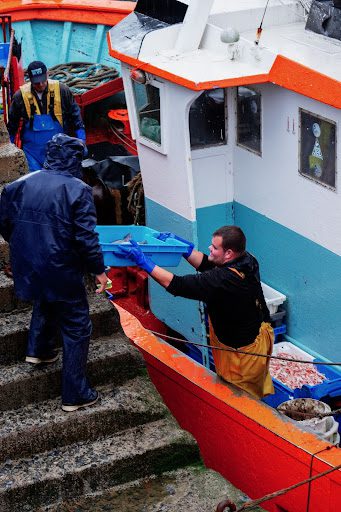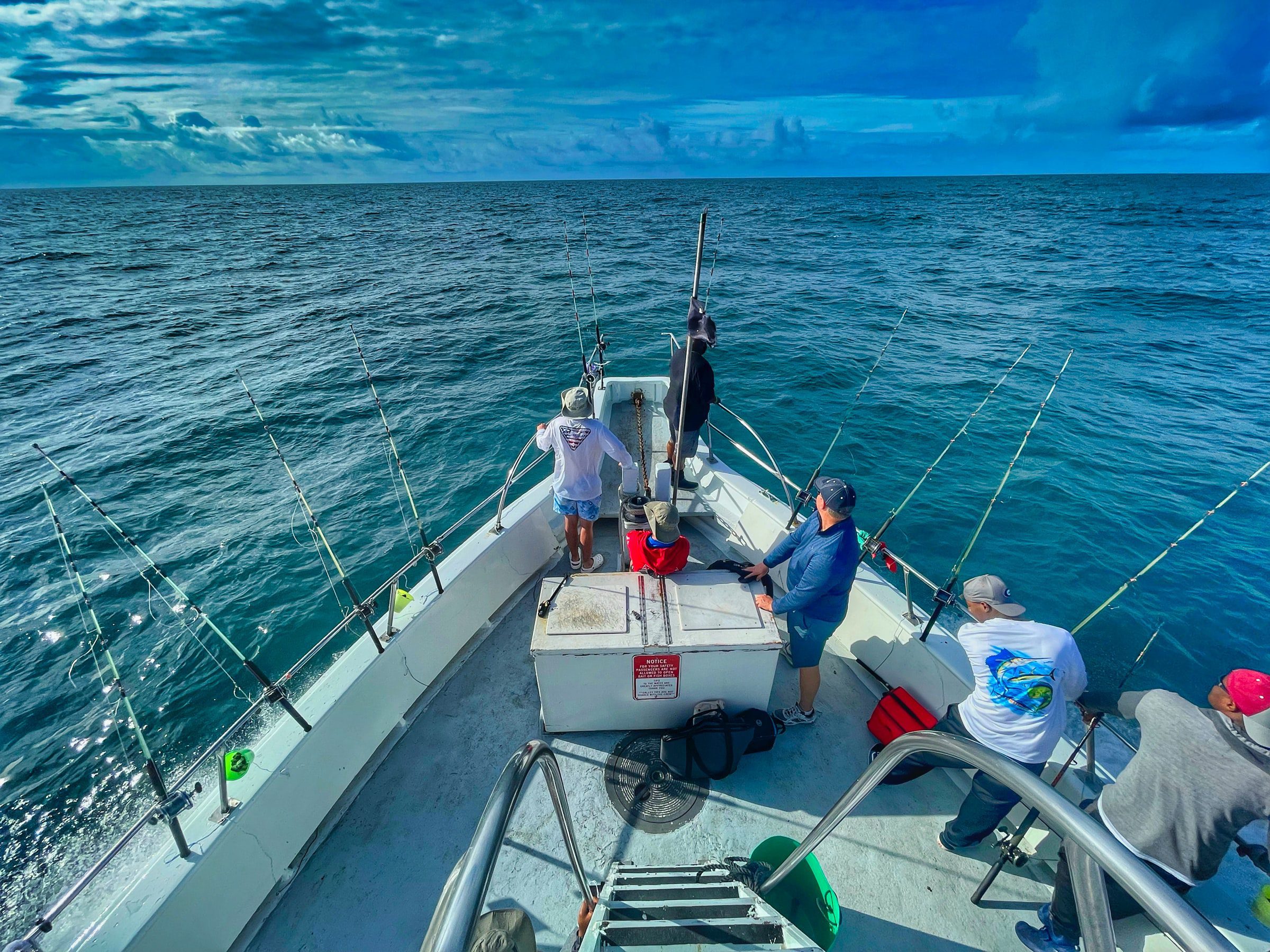The pandemic has taken a direct toll on the fishing industry, but over the last two years, it has adapted in positive ways that lead to longer-term sustainability. With a renewed focus on community as well as local and regional supply chains, the industry is overcoming its struggles and focusing on a positive future. These business model changes are reinvigorating fisherman and seafood retailers across North America. Additionally, recent federal loans have helped stabilize the initial economic gut punch.
For Ontario, Canada’s Seacore Seafood, the pandemic hit hard and fast. Logistics related to the supply chain had a huge financial impact. Seacore soon realized that staying local was a boon for the company.
With the Great Lakes nearby, it became quickly apparent that there was significant demand for local trout and freshwater fish and customers in Ontario responded positively.

“This chaos brought on a transition – stay as local as possible,” Seacore Product Director Joseph Chiaravalloti said. “[The pandemic] gave everybody the opportunity to give your heads a good shake and see that maybe we should be changing the ideas of where we’re getting our product. With everything that happened with this global pandemic, the locality is key for certain people.”
The demand for local catches echoed across the continent. Stavis Seafoods, a Boston, Massachusetts-based company, also saw consumer demand rise for local catches. In Georgia, Atlanta’s Inland Seafood began to expand its local connections.
“Local connections were really key, and an important part of the process for us,” explained Inland Seafood’s Director of Sustainability, Mary Smith. “Helping out local fishermen and farmers move product quickly, especially during those first uncertain weeks of the pandemic. It was those deep relationships with retailers across the country that allowed us to move that product successfully. It really was eye-opening to see what we were able to do. It allowed us to say no to certain things, it allowed us to be creative in terms of pivoting to find out where the pockets of the product were available and where the pockets of sales were as well.”
The ongoing pivot to local underscores how important sustainability is and will be in the future to the fishing industry.
Sales results show that customers want to be connected to their local resources – they want to understand where their food comes from, and they care about sustainability.
Seacore, in fact, has been up more than 20 percent in sustainable seafood sales since the pandemic began.
Such numbers are encouraging for an industry that has also had to rely on federal CARES grants to cover the losses from the early months of the pandemic. In Georgia alone, more than $2 million in grants were distributed to marine commercial participants who experienced more than a 35 percent loss in revenue in 2020 and 2021. In Rhode Island, more than $250 million in grants went to commercial fisherman and seafood companies.

Thanks to a new focus on sustainability and a boost from federal grants, the outlook for the seafood and fishing industries is now much brighter.
“I hope we’re through the worst of it,” said Kim Gorton, CEO of Boston seafood distributor Slade Gordon. “I don’t anticipate a return to the depths of challenges we were at a year ago. And for the seafood industry overall, there’s good news, in that the increase in demand in the retail sector that emerged during the pandemic seems here to stay. I think they are looking at food as a means to come together. Food tends to be a unifier and an opportunity for people to be together and celebrate. So we’re focused on trying to affect that.”





